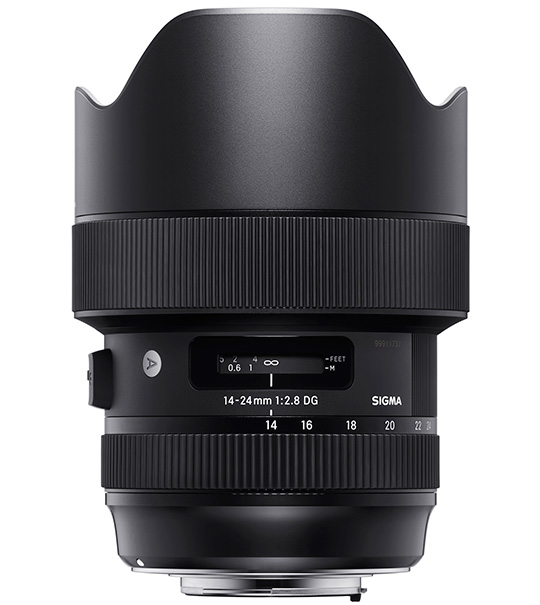
Aps c to full frame conversion upgrade#
This might be all the motivation a low-light photographer needs to upgrade to full frame.įull frame vs APS-C: Viewfinder performance
Aps c to full frame conversion iso#
This means that you can more push the ISO up to its higher settings more confidently with a full-frame camera. More light means a stronger image signal that requires less gain. That’s because if the pixel count is the same, the full-frame camera usually has larger photoreceptors (pixels) and these gather more light. Full frame vs APS-C: Low lightĪlso related to image quality, a full frame camera will typically provide cleaner (noise-free) images in low light. However, at low sensitivity settings the smaller pixel size of APS-C sized sensors could actually enable you to capture more fine detail. Provided you know what you’re doing technically, full frame cameras will generally give you a wider dynamic range than APS-C cameras with the same pixel count. When to use APS-C lenses instead of full-frame.In this quick full frame vs APS-C comparison, we’ll run through the key principles and differences that you need to know in order to make an informed decision to upgrade. Most interchangeable lens cameras launched in the last decade had APS-C sensors, so if you’ve been biding your time to upgrade, waiting for the technological developments to slow down, you’re probably now in a position where you’re considering whether to buy full frame or APS-C. This is simply because they capture a smaller section of a scene than a full-frame camera can record. They typically measure about 24x16mm, and you will find that cameras with these sensors produce images with a narrower angle of view. You’ll find an APS-C-size sensor in most entry-level and mid-range DSLRs as well as many mirrorless or compact system cameras (CSCs).

If you can remember the 1990s, APS-C sensors (also called crop sensors) take their name from the old APS film format. Simply put, crop-sensor cameras are those that have image sensors that are smaller than a physical frame of 35mm film. So you might be asking yourself: do I really need a full-frame sensor? What’s the difference between full frame vs APS-C cameras?

With full-frame cameras becoming more ubiquitous and affordable in price, a new generation of digital photographers is waking up to the potential of shooting with high-resolution sensors.īut advances in technology in many crop-sensor cameras (such as Olympus’s Pixel Shift functionality) are allowing photographers who can’t afford – or don’t want to spend the money on – full frame to take equally large images up to 50MB in resolution.


 0 kommentar(er)
0 kommentar(er)
